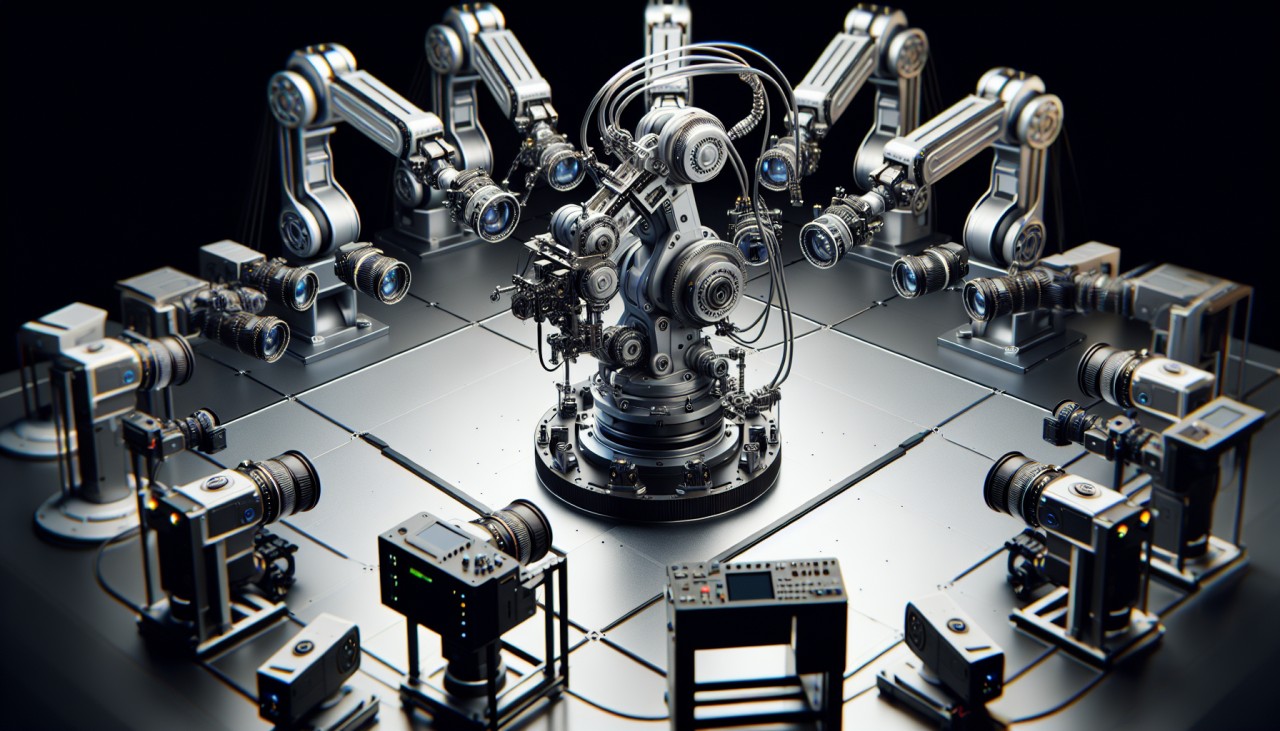


In a groundbreaking study, researchers at Columbia University have developed a robot arm that can perceive and understand its own movements in three-dimensional space. By surrounding the arm with cameras and feeding the video data into its neural network, the robot observed itself for three hours, tracking its position and creating a 3D model of its movements. This self-modeling enables the robot to navigate its environment autonomously, avoid obstacles, and even compensate for damage, demonstrating a level of self-awareness previously unseen in machines. engineering.columbia.edu
While this achievement is a significant step toward machine self-awareness, experts caution that the robot's understanding is still rudimentary compared to human consciousness. The researchers acknowledge that the robot's ability to "see" itself is "trivial compared to that of humans," but emphasize that it is a necessary starting point. This development opens up new possibilities for autonomous robots in various fields, including manufacturing, healthcare, and service industries, where understanding and interacting with their environment is crucial. engineering.columbia.edu